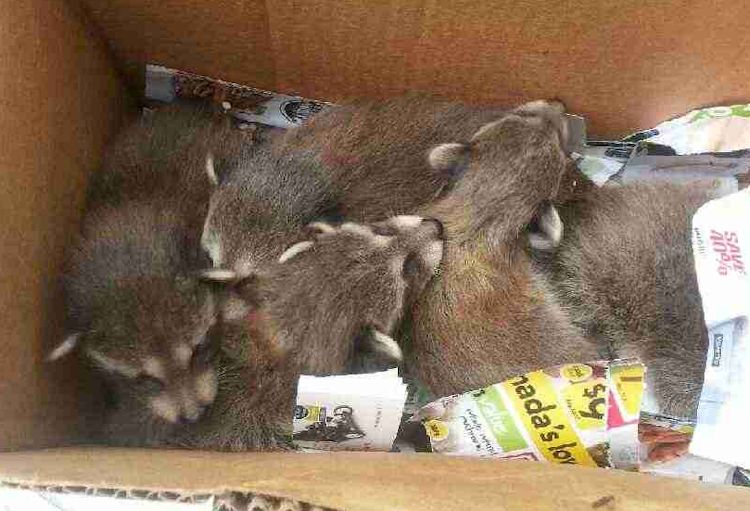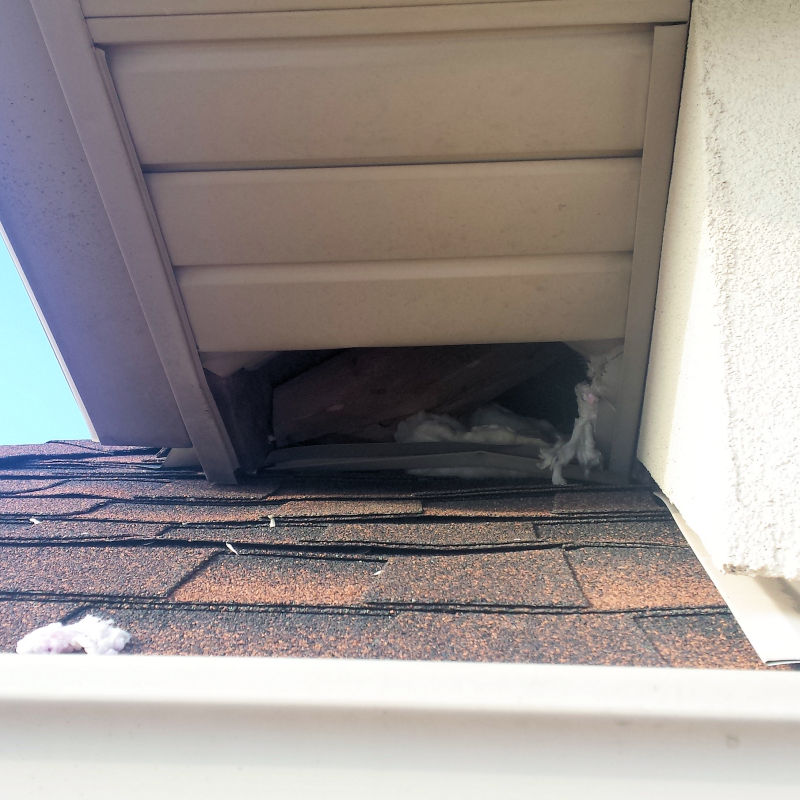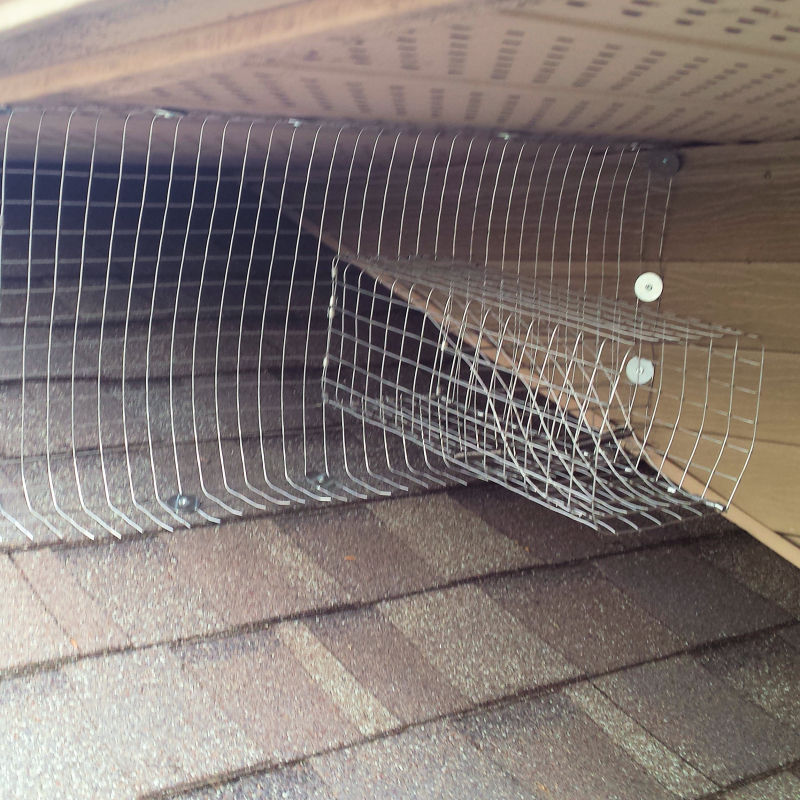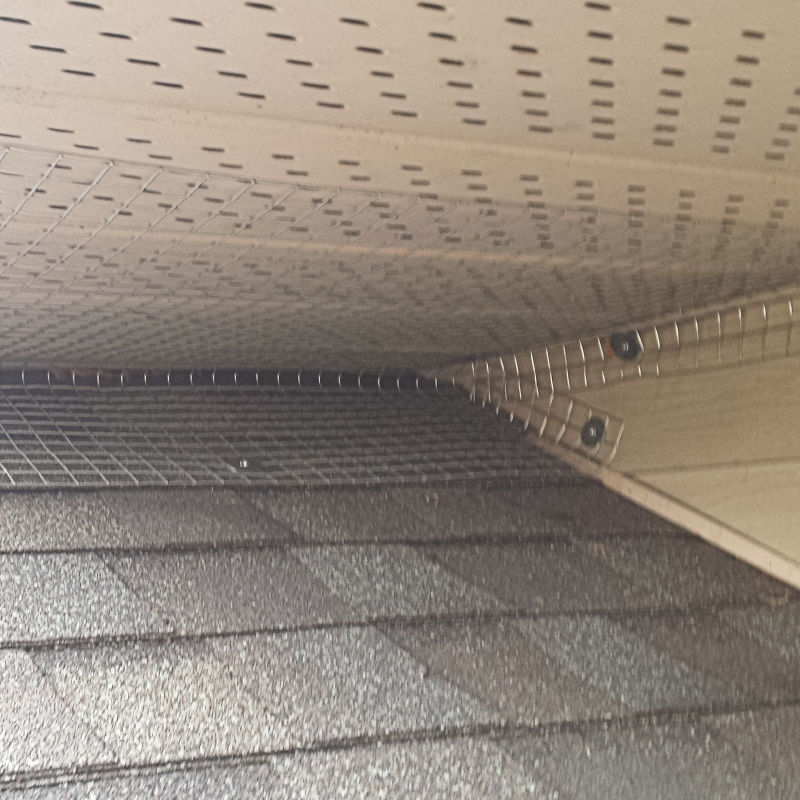- Spring Special - Save $50 Off All Wildlife Work
- Just Ask Us When Booking Your Service
Pest Control Treatment & Spraying for Insects
Bed Bug Treatment Bees-Wasps-Hornets Bumblebees Carpenter Bees Carpenter Ants Cockroaches Creepy Crawlies Fleas Pavement Ants, Ants SpidersWildlife Control for Birds, Mammals and Rodents
Bats House Mice and Rats Pigeons Raccoons Skunks Squirrels
Raccoon Facts:
The raccoon is a highly intelligent carnivore, it is related to bears and the giant panda. Generally it is active only at night, and may become a nuisance in suburban areas when it raids garbage cans. It has a few natural enemies except for the bobcat, fox, and coyote.

Raccoon:
Name: Raccoon: Check rates page for pricing information and warranty.
The raccoon is omnivorous, feeding upon fish, frogs, small mammals, birds and their eggs, molluscs, crustaceans, fruits, nuts, small grains and corn in storage and in fields. Raccoons are often found near a marsh, stream, lake, or pond, and prefer trees or brush as cover. They do not dig dens of their own, preferring hollow logs, hollows in trees, and other natural shelters.
A raccoon is a huskily built animal, the average raccoon weighs 1.5-7.25 kg (Rougly 10-16 pounds). They also have a single litter per year, in the spring, varies from two to eight(average four). The gestation period is 63 days. Raccoons can gain access into chimneys, attics, basements, or crawl space beneath houses, and sometimes take up residence in barns, stables, and various buildings. They also can be found in densely settled areas where humans live.
Control:
Where the raccoons are gaining access to the household, we install a one-way door to that area. The one-way door allows a raccoon or raccoons to exit the residence and they are unable to regain access back through the door. After the raccoon has vacated the residence, we remove the one-way door and seal the entry point.
Babies:
If young are present, we remove them, put them outside below the entry point in a box. The mother will come and try to regain entry with the babies and when she is unable to regain access, she will remove the babies to one of her other nesting sites.
In situations dealing with large buildings or warehouses, where using exclusion techniques are not possible, trapping is a viable alternative.




Home How It Works Rates About Contact
SERVICE AREAS
Guelph (519)279-6482Ancaster Barrie Binbrook Brampton Brantford Burlington Cayuga Cambridge Delhi Dundas Dunnville Etobicoke Fisherville Flamborough Gravenhurst Grimsby Guelph Hagersville Haldimand Halton Hills Hamilton Kingston Kitchener Long Point Milton Mississauga Niagara Falls Normandale Norwich Oakville Orillia Paris Port Credit Port Dover Port Rowan Port Ryerse Saint Catharines Simcoe Smithville Stoney Creek Streetsville Tillsonburg Thorold Toronto Turkey Point Waterford Welland

FREE Estimates - Locally owned and operated since 1989!
Toll Free 1-800-453-6040
All insects - Roaches, Bed Bugs, Wasps, Ants, Mice, Rats.
